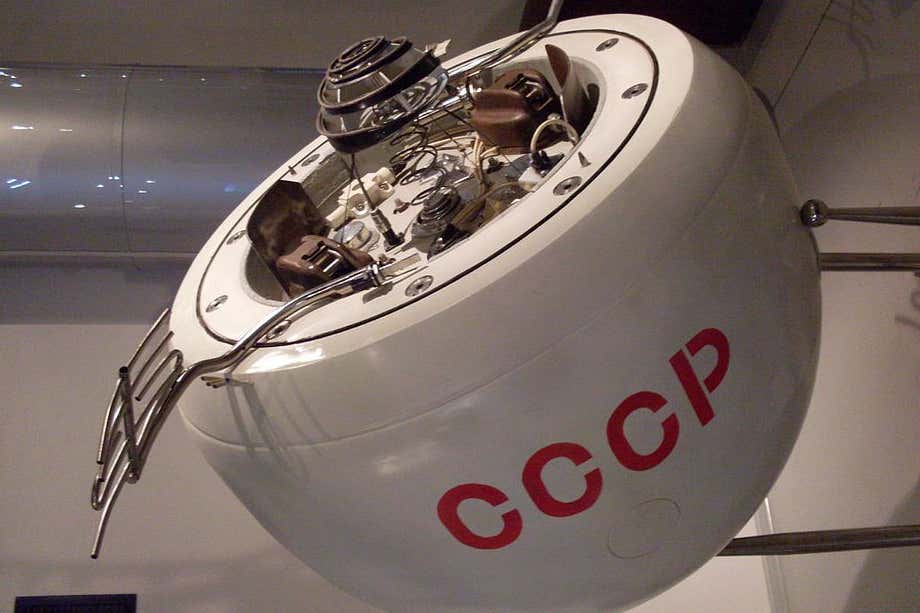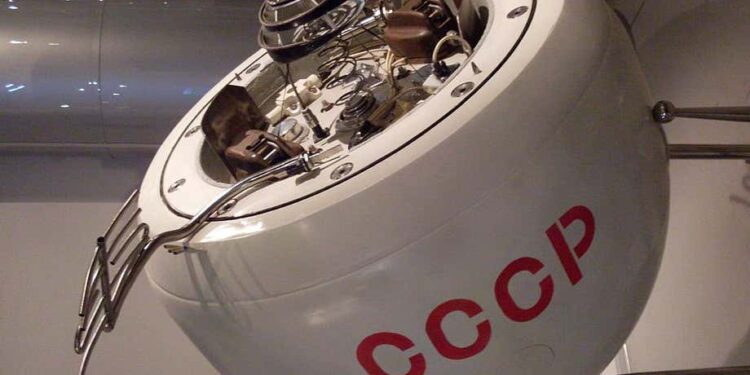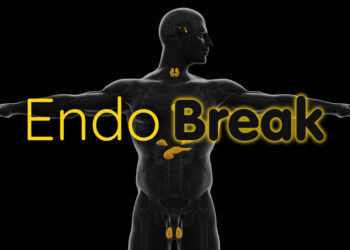
A model of Kosmos 482, which was originally set to go to Venus
Wikimedia Commons
More than 50 years after its launch, a Soviet spacecraft called Kosmos 482 is about to come crashing back to Earth. It was originally intended to land on the surface of Venus, but it started to fall apart in low Earth orbit and never made it beyond there. After decades of circling our planet in an oval-shaped orbit, it’s finally about to hurtle back to the ground.
Kosmos 482 launched in 1972, but because of secrecy during the cold war period, little is known about its structure or its exact mission. We only know it was headed for Venus because of other Soviet missions that were focused on our neighbouring world at the time and because the spacecraft appeared to attempt to launch on a trajectory there before it went to pieces. It isn’t clear what exactly caused the spacecraft failure, but three of the four fragments fell in New Zealand shortly after the launch.
The last fragment drifted into a higher orbit, with its closest point to Earth at about 210 kilometres up and its most distant about 9800 kilometres away. Over the years, particles from the very top of Earth’s atmosphere have slowed down this piece, shrinking its path around Earth, and it has finally gotten close enough to fall. It is expected to come down on 9 or 10 May.
The remaining bit of the spacecraft, its landing capsule, is estimated to be more than a metre wide with a mass of nearly 500 kilograms. Between its size and the likelihood that it was designed to survive a trip through Venus’s hot, dense atmosphere, it seems likely that it will survive its descent intact and hit the ground hard, at upwards of 200 kilometres per hour.
It is impossible to predict where exactly the last piece of Kosmos 482 will smash down. Based on its current orbit, it could hit anywhere on Earth between the latitudes of 52° north and 52° south – an area that covers everywhere from the southern tip of South America to parts of Canada and Russia. Thankfully, despite that huge swathe of possible landing spots, the probability that it will hit an inhabited area is low. “It’s an infinitesimally small number,” said Marcin Pilinski at the University of Colorado Boulder in a statement. “It will very likely land in the ocean.”
Pilinski is part of a team tracking the debris. As it continues to get closer, the possibilities for where and when it will land will narrow down. Space junk falling to Earth like this isn’t uncommon: about one orbiting object that NASA is tracking falls every day, and most either burn up in the atmosphere or hit the ocean. Kosmos 482 is just a particularly big and hardy piece of space junk.
Topics:
Source link : https://www.newscientist.com/article/2479550-failed-soviet-probe-will-soon-crash-to-earth-and-we-dont-know-where/?utm_campaign=RSS%7CNSNS&utm_source=NSNS&utm_medium=RSS&utm_content=home
Author :
Publish date : 2025-05-08 21:20:00
Copyright for syndicated content belongs to the linked Source.














